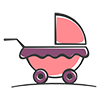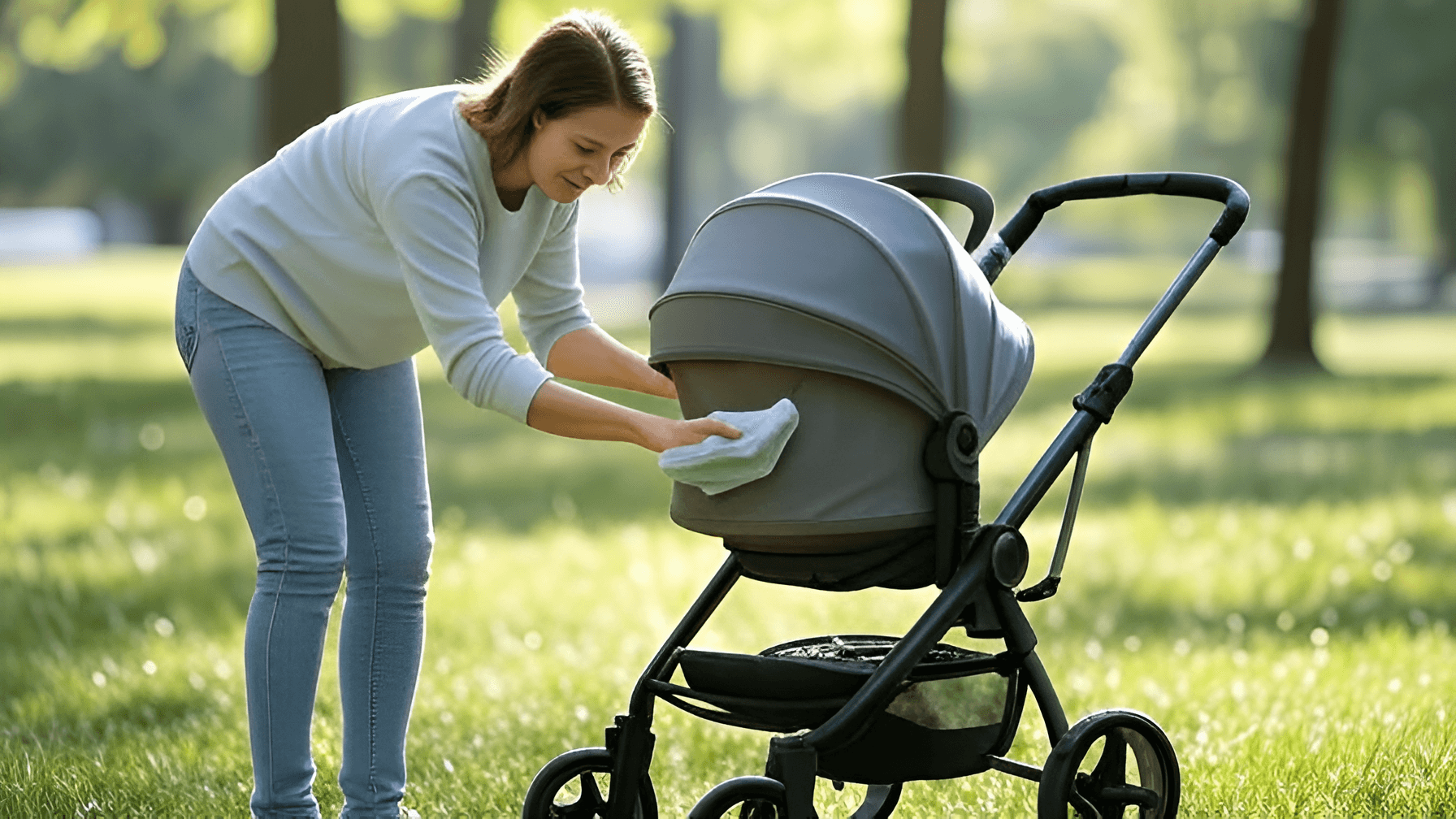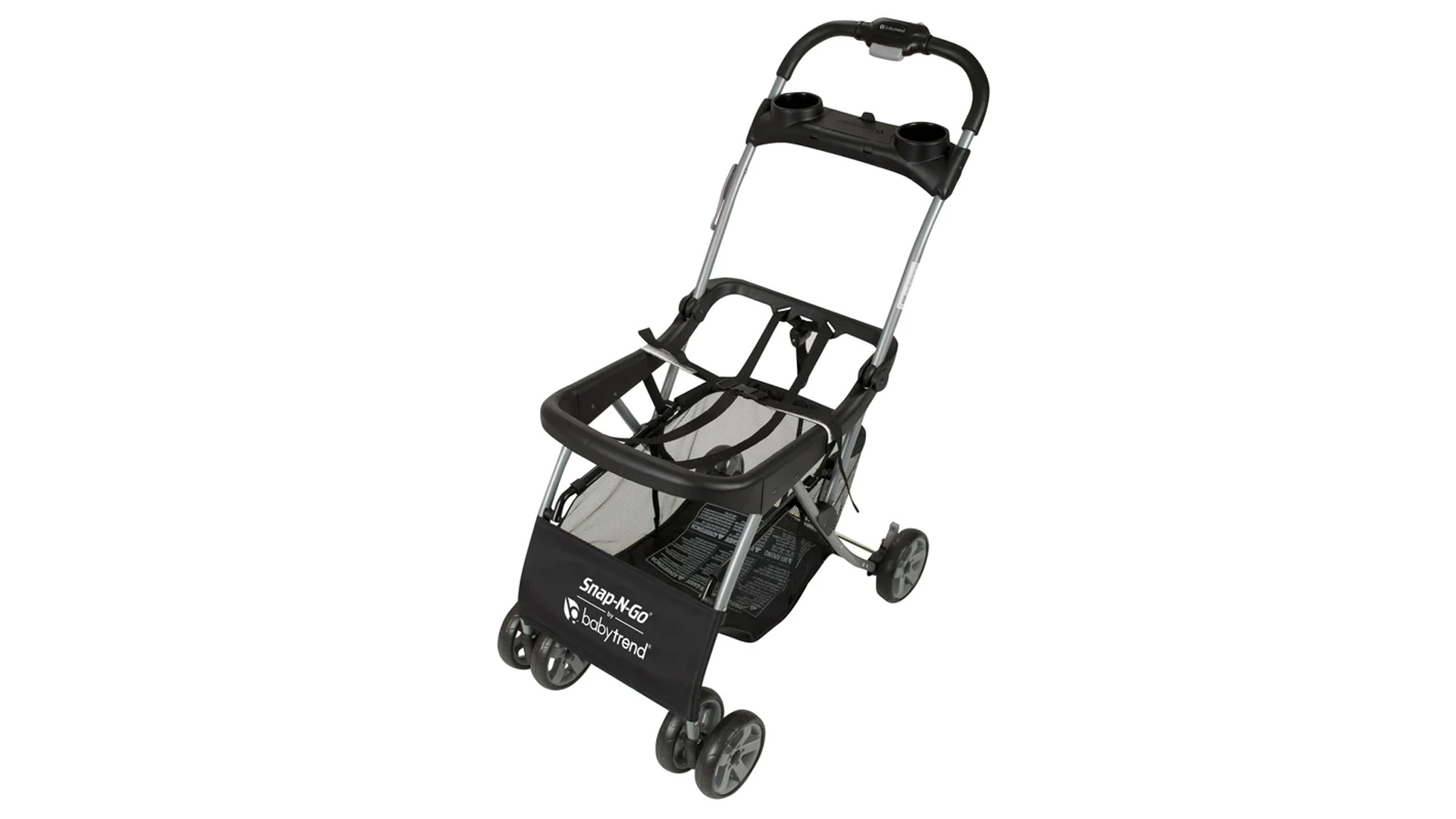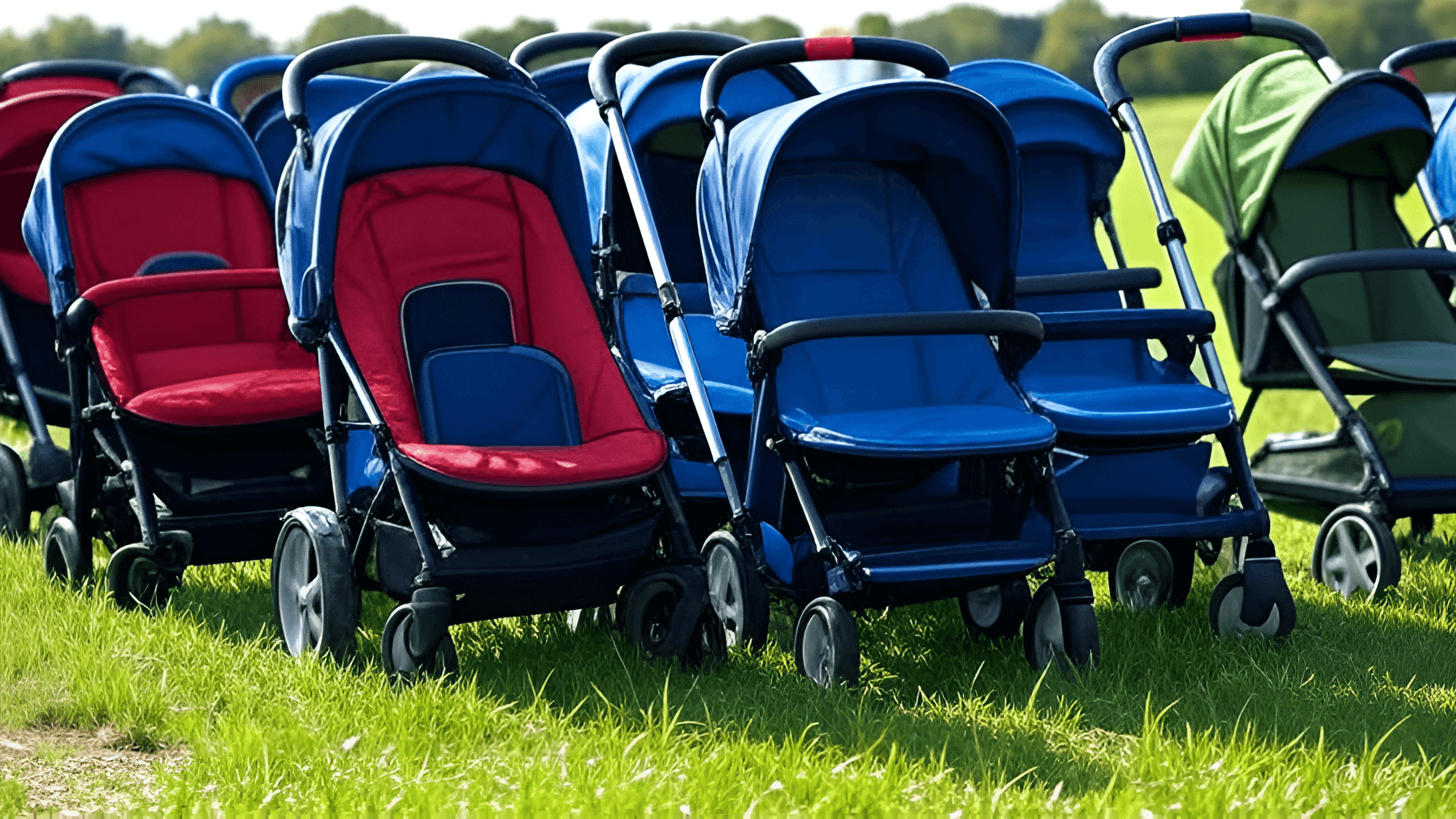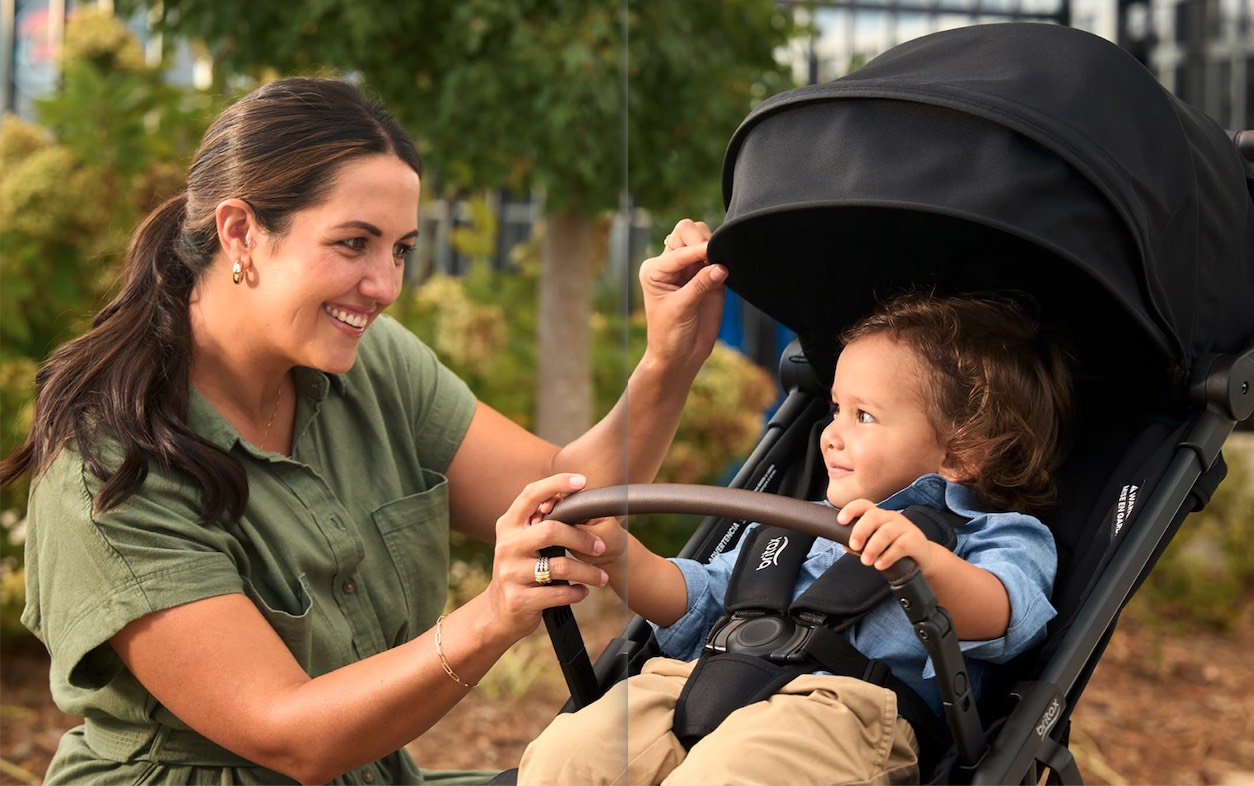In 2025, strollers remain a cornerstone of modern parenting, serving as reliable companions for daily errands, park outings, and family travels. However, with constant exposure to spills, crumbs, dirt, and weather elements, regular cleaning and maintenance are essential to ensure hygiene, safety, and longevity. A well-maintained stroller not only prevents bacterial buildup—which can lead to skin irritations or respiratory issues in babies—but also preserves functionality, like smooth wheels and secure brakes. According to the U.S. Consumer Product Safety Commission (CPSC), improper maintenance contributes to many stroller-related incidents, such as wheel failures or harness wear. This year, with eco-friendly cleaning products gaining traction and smart strollers introducing tech components, parents have more tools than ever to keep their gear in top shape.
This ultimate guide draws from expert advice from sites like Wirecutter, Britax, and UPPAbaby, incorporating 2025 updates on sustainable practices and product recommendations. We’ll cover why maintenance matters, essential supplies, step-by-step cleaning instructions, routine checks, common pitfalls, and tips for specific stroller types. Whether you own a jogging model, travel compact, or convertible, following these steps can extend your stroller’s life by years, saving you hundreds on replacements. Aim for a deep clean every 1-3 months, or more frequently for heavy use, and spot cleans weekly.
Why Regular Stroller Cleaning and Maintenance Matters in 2025
Strollers accumulate grime faster than you might think—think food residues, mud from trails, or urban pollution. Neglecting this can lead to mold growth in fabrics, rust on frames, or jammed wheels, compromising safety and comfort. The American Academy of Pediatrics emphasizes hygiene to reduce germ exposure, especially for infants with developing immune systems. In 2025, with climate change bringing more extreme weather, maintenance also protects against UV damage and moisture corrosion.
Benefits include:
- Health and Hygiene: Removes allergens, bacteria, and viruses; eco-cleaners minimize chemical residues.
- Safety Assurance: Ensures brakes, harnesses, and folds work properly, aligning with ASTM F833 standards.
- Durability and Value: Prevents wear, maintaining resale value; a $500 stroller can last 5+ years with care.
- Performance Optimization: Smooth rides prevent jostling, ideal for active models.
Mamazing notes that consistent care keeps parts like suspension and tires functioning optimally, reducing repair costs. For smart strollers with sensors or batteries, cleaning prevents malfunctions, as dust can interfere with tech.
Essential Tools and Supplies for Stroller Cleaning
Gather these before starting—most are household items or affordable buys from Amazon or Target. Opt for plant-based, non-toxic options to align with 2025’s sustainability trends.
- Basic Cleaning Kit:
- Soft-bristle brush or vacuum with attachments for debris.
- Mild soap (e.g., baby shampoo or dish soap like Dawn) mixed with warm water.
- Microfiber cloths or sponges for wiping.
- Baking soda and vinegar for natural stain removal.
- Disinfectant wipes (fragrance-free, like Seventh Generation) for quick sanitizing.
- Specialized Products:
- Fabric cleaners: Honest Company Multi-Surface Spray ($6), praised by Contours Baby for cutting grease without harsh chemicals.
- Wheel lubricant: Silicone spray ($10) for smooth rolling.
- UV protectant: 303 Aerospace Protectant ($12) for canopies and fabrics.
- Eco-options: Mrs. Meyer’s Clean Day ($5), plant-derived and effective on stains per Kidsonwheelz.
- Tools for Maintenance:
- Screwdriver set for tightening.
- Air compressor or pump for tires.
- Storage cover to prevent dust.
Avoid bleach, abrasives, or high-pressure washers, as they damage fabrics and finishes, per Britax guidelines. Always check your manual—brands like Bugaboo specify approved cleaners.
Step-by-Step Guide to Cleaning Your Stroller
Follow this process for a thorough clean, taking 30-60 minutes for light sessions or 1-2 hours for deep ones. Work outdoors or in a well-ventilated area.
- Preparation: Unfold the stroller and remove removable parts like seats, canopies, baskets, and harness pads. Shake off loose dirt. Consult your manual for disassembly—most 2025 models have quick-release fabrics.
- Vacuum and Brush Debris: Use a vacuum crevice tool to suck up crumbs from seats, crevices, and baskets. For stubborn spots, a soft brush works wonders. Wirecutter recommends this as the first step to avoid spreading mess.
- Clean Fabrics and Seats:
- If machine-washable (check label), use cold water on gentle cycle with mild detergent; air dry to prevent shrinkage. UPPAbaby advises avoiding dryers for Vista models.
- For non-removable: Spot clean with soap solution on a sponge, scrubbing gently. Rinse with damp cloth; use baking soda paste for stains (let sit 15 minutes, then wipe). Disinfect with diluted vinegar for natural antibacterial action.
- Canopies and liners: Wipe with microfiber; apply UV protectant post-clean.
- Wipe Down the Frame and Handles: Dampen a cloth with mild soap water and scrub metal/plastic parts. Dry immediately to prevent rust. For leather handles (common in premiums like Cybex), use conditioner like Lexol ($10).
- Tackle Wheels and Suspension:
- Remove wheels if possible; soak in soapy water, scrub with brush, rinse, and dry. Reattach and lubricate axles with silicone spray.
- For air-filled tires (jogging strollers), inflate to recommended PSI; clean treads to maintain traction.
- Sanitize and Disinfect: Use baby-safe wipes on high-touch areas like harnesses and trays. Let air dry completely—moisture breeds mold.
- Reassemble and Test: Put everything back; test folds, brakes, and push for smoothness.
BOB Gear suggests starting with loose debris sweep for jogging models. For smart strollers, gently wipe sensors with a dry cloth; avoid liquids near electronics.
Routine Maintenance Tips to Keep Your Stroller Running Smoothly
Cleaning is half the battle—regular upkeep prevents breakdowns.
- Weekly Checks: Inspect for loose screws, frayed harnesses, or wobbly wheels; tighten as needed. Wipe spills immediately to prevent stains.
- Monthly Tasks: Lubricate moving parts (hinges, wheels) with food-grade silicone. Check tire pressure; clean brakes for responsiveness.
- Seasonal Care: In winter, rinse salt from frames; in summer, store in shade to avoid UV fading. Use covers for garage storage.
- Storage Best Practices: Fold compactly in a dry, cool place; elevate off ground to deter pests. For travel strollers, use protective bags.
- Professional Service: Annually, or after heavy use, have a baby gear shop inspect—costs $20-50.
Strolleria warns against abrasives, recommending damp cloths for frames. For convertible models, maintain adapters by cleaning connections.
Common Mistakes to Avoid When Cleaning and Maintaining
Steer clear of these pitfalls for optimal results:
- Using Harsh Chemicals: Bleach or ammonia damages fabrics; stick to mild soaps.
- Over-Wetting: Excess water warps frames or promotes rust; always dry thoroughly.
- Ignoring the Manual: Each brand (e.g., Thule vs. Baby Jogger) has unique care instructions—follow them to avoid voiding warranties.
- Neglecting Wheels: Dirty treads reduce traction; clean monthly.
- Hanging Heavy Bags: This unbalances and strains frames—use baskets instead.
- Storing Wet: Leads to mildew; air dry fully post-rain.
Safety 1st advises spot-cleaning spills ASAP to prevent settling. Overloading during cleans (e.g., machine-washing non-removables) can cause tears.
Recommended Cleaning Products and Tools for 2025
Based on parent reviews and expert tests, here are top picks:
- Honest Company Multi-Surface Cleaner ($6): Plant-based, fragrance-free; excels on grime per Contours. Safe for all surfaces.
- Mrs. Meyer’s Clean Day Spray ($5): Natural scents, effective on stains; Kidsonwheelz fave.
- Seventh Generation Wipes ($4/pack): Disinfect without residue; ideal for quick cleans.
- Lexol Leather Conditioner ($10): For premium handles; prevents cracking.
- DuPont Silicone Lubricant ($10): Non-toxic for wheels; extends life.
- UV Fabric Protector Spray ($15): Guards against fading; essential for outdoor models.
- Portable Vacuum like Black+Decker ($30): Cordless for easy debris removal.
Loopie recommends baby-safe products for seats to avoid irritants. For eco-parents, vinegar-baking soda mixes are budget-friendly alternatives.
Tips for Cleaning Specific Stroller Types
Tailor your approach:
- Jogging/All-Terrain: Focus on wheels—rinse mud post-use; lubricate suspension. BOB Gear advises soapy sponges for seats.
- Travel/Compact: Wipe folds carefully; store in bags to prevent scratches. Bugaboo suggests 7-step cleans for portability.
- Convertible/Double: Clean between seats; remove adapters for thoroughness. Baby Square lists supplies for multi-parts.
- Smart/Electric: Avoid water near batteries/sensors; dry wipe electronics. Scout emphasizes mild soap for gear.
For all, test cleaners on small areas first.
Conclusion: Invest in Care for Lasting Adventures
Maintaining your stroller in 2025 isn’t just about cleanliness—it’s about safety, sustainability, and seamless family time. By following this guide, you’ll keep your investment performing like new, whether it’s a high-end UPPAbaby or budget Evenflo. Start with a deep clean today, incorporate weekly habits, and enjoy worry-free strolls. Remember, a little effort goes a long way—happy parenting
